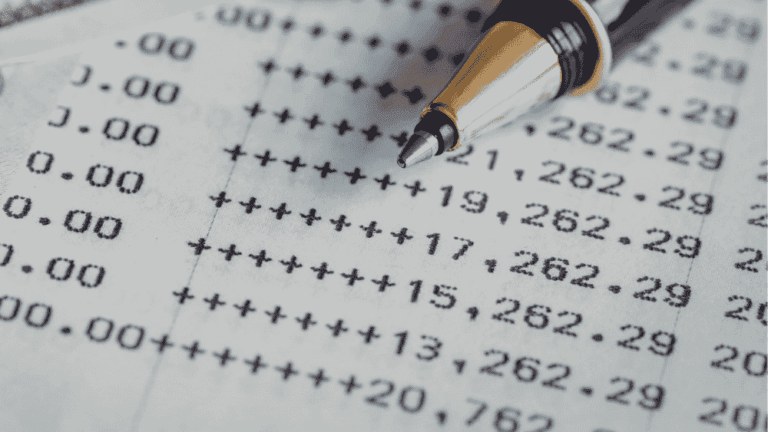
Don’t forget tax implications when looking to diversify
Income streams for farmers
With ever-present volatility in market prices, interest rates rising and basic payment scheme (BPS) reductions becoming more noticeable each year, farmers are increasingly looking at ways to create more stable income streams to support the rest of the business and ensure that cashflow requirements can be met.
Diversification has been popular in the industry for some time now and is an attractive option for those looking to generate extra cash, but whilst it can be good for spreading business risk, it is important to ensure that longer-term tax implications are not ignored.
Agricultural property relief (APR) gives relief from inheritance tax (IHT), usually at 100%, on the agricultural value of land and buildings used for the purpose of agriculture. Where assets are moved into non-agricultural use, as often happens when diversifying, APR will no longer apply, meaning these assets could fall into charge of inheritance tax.
However, such assets may still be covered by business property relief (BPR) provided they form part of a trading business. BPR is another IHT relief, available at 50% or 100%, and can be useful for farmers as it covers additional value above just the agricultural value of property (such as development value) and other business assets, such as machinery or business goodwill.
BPR is available for most businesses, but it is critical that the business meets HMRC’s definition of ‘trading’. For IHT purposes, the business needs to be ‘wholly or mainly’ trading (generally considered to be more than 50%), rather than ‘wholly or mainly’ an investment business.
Assessing the trading status of a business is likely to be subjective and HMRC will view the business in the round, but to help this they consider three tests which look at activities, assets and sources of income. Where they consider the business to be mainly trading, 100% of the business will qualify for BPR relief, whereas if they consider the business to be mainly investment, no BPR will be available at all. When diversifying, it is therefore crucial to keep in mind the overall balance of the business as the tax implications if BPR is lost can be considerable.
The diversification which most often causes problems is the letting of property, as this is an investment activity. It is not uncommon for businesses to let out surplus land or buildings and where the income from this is modest, there should be no IHT implications. However, if this grows it could easily generate more than 50% of a business’s income. In such situations, it is key that other aspects of the business, such as assets and activities, are more heavily geared towards trading activities to support a future BPR claim.
Reviewing business structures to ensure that reliefs from inheritance tax are maximised can also be useful where diversification activities are undertaken. There may be opportunities to bring investment assets into a trading business to benefit from BPR, or conversely it may be favourable to split investment assets out if this might allow the remaining business to be BPR qualifying. Where BPR relief is likely to be lost, it may be possible to gift assets during lifetime to avoid an IHT charge. A capital gains tax charge could result
from such gifts, but reliefs may also be available to mitigate this.
Diversification can present big opportunities for those looking to generate more regular cashflows or spread their risk, but the effects of changing asset use on inheritance tax reliefs should be a consideration factor. There are likely to be options available to meet the needs of both the business and the individuals involved, but early planning can help to preserve assets for future generations and avoid unexpected tax bills later on.
Written by












